do dwarf tomato plants need caging and staking?
kawaiineko_gardener
13 years ago
Related Stories
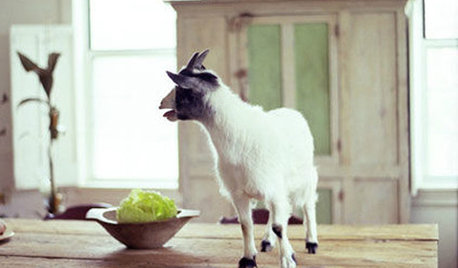
LIFEEasy Green: Modern Homesteaders Stake a Claim
With more options for raising chickens, growing edibles and keeping bees than ever, suburban and city folk are rediscovering a lost art
Full Story
EDIBLE GARDENSSummer Crops: How to Grow Tomatoes
Plant tomato seedlings in spring for one of the best tastes of summer, fresh from your backyard
Full Story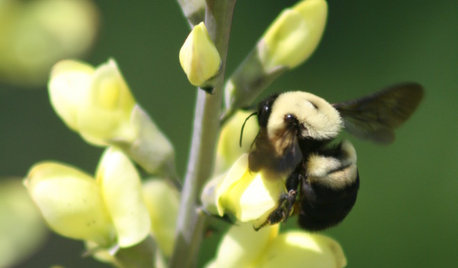
GARDENING GUIDESGreat Native Plant: Baptisia
Bring beneficial bee pollinators with this drought-tolerant perennial that looks like a shrub and acts like a flower
Full Story
GARDENING GUIDESCommon Myths That May Be Hurting Your Garden
Discover the truth about fertilizer, soil, staking and more to keep your plants healthy and happy
Full Story
FARM YOUR YARDHow to Build a Raised Bed for Your Veggies and Plants
Whether you’re farming your parking strip or beautifying your backyard, a planting box you make yourself can come in mighty handy
Full Story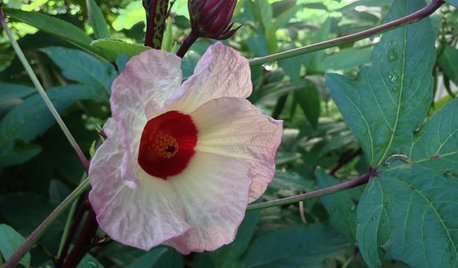
EDIBLE GARDENSGreat Design Plant: Roselle Tantalizes With Beauty and Flavor
Call it a fruit or a flower or a sweet vegetable. This hibiscus is so lovely, all that matters is calling it forth in your garden
Full Story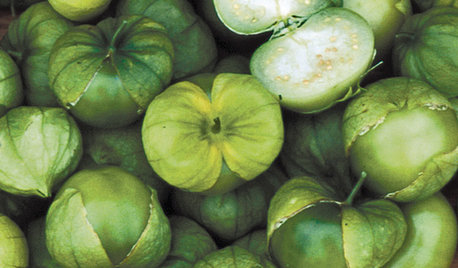
SUMMER FRUITS AND VEGETABLESSummer Crops: How to Grow Tomatillos
Grow this Mexican native for the freshest salsa verde — and for fewer problems than its tomato cousins
Full Story0

GARDENING GUIDESCalifornia Gardener's June Checklist
Update your hydrangeas, catch up on tomatoes and more ways to enjoy your California garden in June
Full Story
FARM YOUR YARDHouzz Call: Home Farmers, Show Us Your Edible Gardens
We want to see where your tomatoes, summer squashes and beautiful berries are growing this summer
Full Story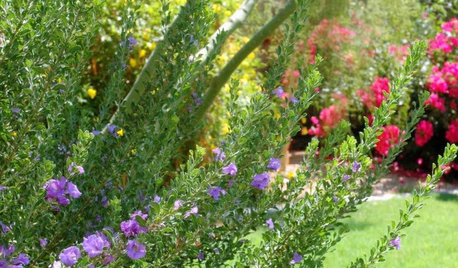
GARDENING GUIDESSouthwest Gardener's June Checklist
Protect your plants from too much sun while waiting for rain relief, and guess what? Those cacti might need a drink
Full StorySponsored
More Discussions






chris082004
sprtsguy76
Related Professionals
Comstock Park Landscape Architects & Landscape Designers · Cedar Hill Landscape Contractors · Fountain Valley Landscape Contractors · Waipahu Landscape Contractors · Abington General Contractors · Catonsville General Contractors · North Tustin General Contractors · Salem General Contractors · Syosset General Contractors · Wolf Trap General Contractors · Norco Stone, Pavers & Concrete · Midlothian Decks, Patios & Outdoor Enclosures · St. Louis Decks, Patios & Outdoor Enclosures · St. Louis Decks, Patios & Outdoor Enclosures · Wheaton Decks, Patios & Outdoor Enclosuresdeep_roots
ljpother
spiced_ham
kathywide
kawaiineko_gardenerOriginal Author
sprtsguy76
erlyberd
ljpother
Jesusbeloved29_yahoo_com
Bets
Bets